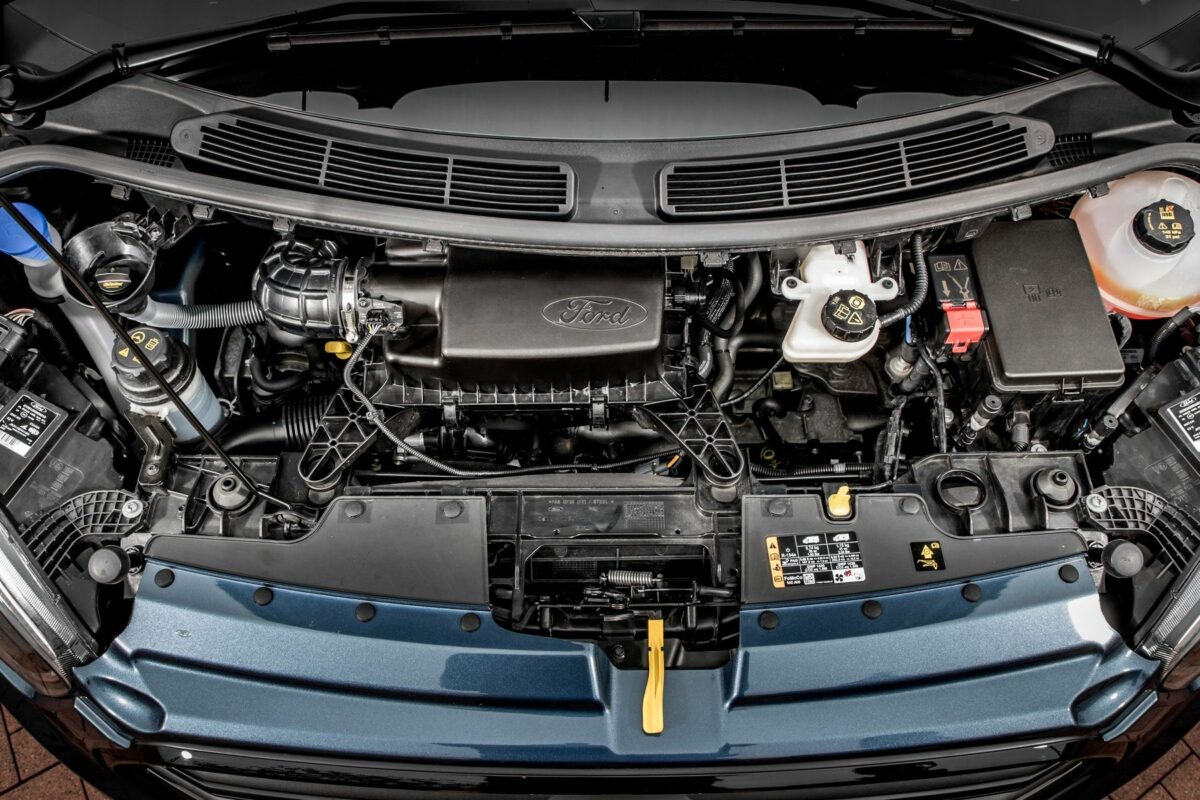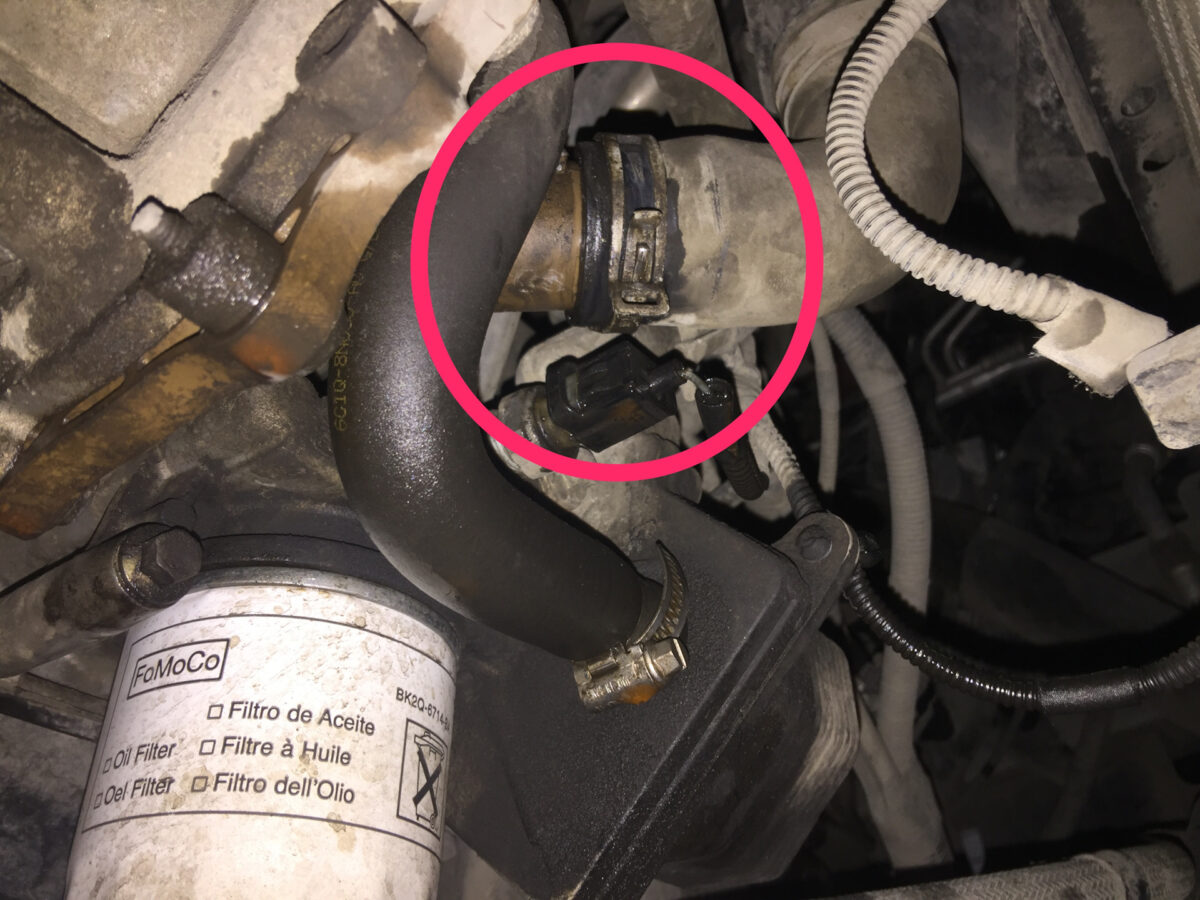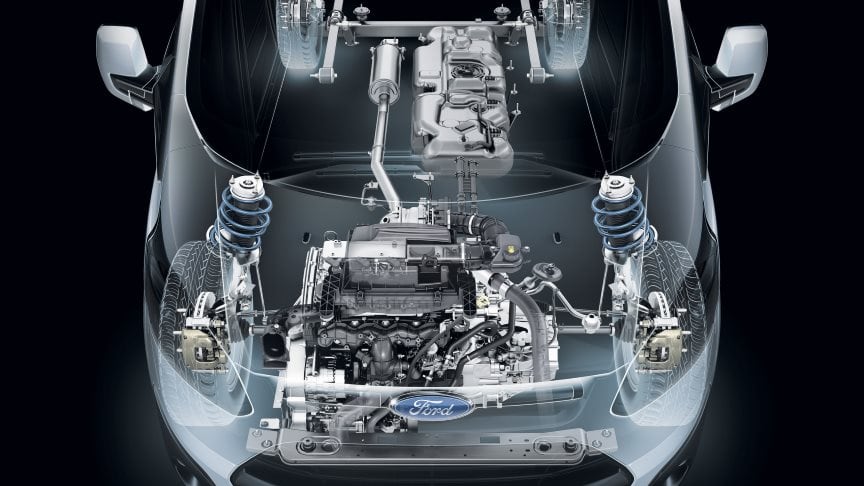How to Perform a Full Service | 2017 Ford Transit Custom 2.0: You’ve got a 2017 Ford Transit Custom and you’re up for some DIY maintenance. Great! This guide’s got your back.
It’ll walk you through all you need to know to perform a full service on your van. From checking your engine oil to aligning your wheels, you’ll be hands-on in ensuring your vehicle’s longevity.
So, let’s get you geared up and ready to give your van the TLC it deserves.
Understanding Your 2017 Ford Transit Custom

Before you can effectively service your van, you’ll need to have a basic understanding of the 2017 Ford Transit Custom’s unique features and specifications. It’s not just about diving into a full service; it’s about knowing your van.
This model comes with an efficient engine that requires regular engine service, including an oil change and filter change. Maintenance is key to delivering the best service possible, so get to know what’s under the hood. Familiarize yourself with the van’s engine layout, oil type, and filter locations.
Learning about your 2017 Ford Transit Custom will empower you to perform a thorough and efficient full service. Remember, understanding leads to better service, and better service leads to a longer-lasting, more reliable van.
Checking and Replacing the Engine Oil and Filter
You’re up for the task of checking the engine oil and replacing the oil filter in your 2017 Ford Transit Custom. This step by step guide will help you perform a full service on your van like a seasoned technician.
Here’s how to proceed:
- Check the engine oil level.
- Remove the dipstick, wipe it clean, then reinsert it fully. Pull it out again and check the oil level. It should be between the min and max marks.
- Drain the old oil.
- Position a drain pan under the oil drain plug, then unscrew the plug.
- Replace the oil filter.
- Unscrew the old filter, apply a bit of new oil to the gasket on the new filter, and screw it in place.

Servicing Your Van’s Transmission System
Next, let’s tackle the task of servicing your van’s transmission system. This vital part of your Ford Transit Custom needs regular attention to ensure it’s running smoothly. Carrying out a full service on a Ford involves checking and changing the transmission fluid.
| Step in Servicing Your Ford Transit | Emotional Response |
|---|---|
| Checking transmission fluid | Satisfaction |
| Draining old fluid | Relief |
| Replacing with new fluid | Confidence |
| Test drive | Excitement |
| Regular maintenance | Peace of Mind |
Maintaining the Brake System
Every few months, it’s crucial that you check your Transit’s brake system to ensure optimal performance and safety. Maintaining the brake system on your Ford Transit Custom not only gives you peace of mind but also extends the van’s service intervals, saving you time and repair costs.
To help you out, here’s a simple guide:
- Periodically inspect your brake pads for wear.
- If they’re too thin, it’s time for a replacement.
- Check the brake fluid level and top up if necessary.
- Low fluid levels can compromise braking efficiency.
- Listen for any unusual noises when braking.
- Grinding or squeaking can indicate a problem that needs immediate attention.
For comprehensive guidance, check out YouTube transcripts and video descriptions on Ford Transit brake system maintenance.
Caring for the Cooling System
It’s important to understand that a significant amount of engine damage in vehicles, including your 2017 Ford Transit Custom, can be traced back to a poorly maintained cooling system. The Ford Transit Custom TDCi, like other Ford vehicles, has a service light that’ll illuminate if the cooling system needs attention. Don’t ignore this sign! An interim service can help prevent serious engine damage.
So, how can you serve your van better? Firstly, regularly check the coolant level. If it’s low, top it up.
Secondly, keep an eye out for leaks; they can lead to overheating.
Inspecting and Changing the Timing Belt
You’re now going to inspect and possibly change the timing belt on your 2017 Ford Transit Custom. This diesel, tdci engine requires meticulous attention to keep running smoothly. Here’s a step-by-step guide to help you with inspecting and changing the timing belt:
- Inspecting the Belt:
- Look for cracks or damage. If it’s worn out, it’s time for a change.
- Check for proper tension. A loose belt can cause serious engine damage.
- Changing the Belt:
- Remove the old belt and install the new one following Ford’s specifications.
- Make sure the timing marks are aligned.
- Post-Change Checks:
- Run the engine and check for any abnormal noise.
Keeping the Battery in Optimal Condition
Both the health of your van’s battery and its longevity are critical, so you’ll want to regularly check and maintain it in optimal condition.
Start by resetting the battery warning light after each MOT. Using our new training methods, you’ll learn how to do this and more.
The air filter plays a crucial role in battery performance. If clogged, it can lead to fuel inefficiency, which in turn stresses the battery. Hence, regularly check your air filter and fuel condition. If the filter and fuel are in poor condition, replace or clean the filter and ensure the fuel is fresh.
Regular maintenance not only extends the life of your battery but also helps you avoid unexpected breakdowns. Remember, a well-maintained battery is key to giving your customers reliable service.
Tyre Maintenance and Wheel Alignment
After you’ve taken care of your battery, the next step in servicing your van involves tyre maintenance and wheel alignment, ensuring both are in excellent condition for safe and smooth driving.
It’s critical to carry out routine inspections, looking out for any signs of wear or damage. Here is a simple guide to follow, and don’t forget to subscribe for handy tips along the way:
- Tyre Maintenance
- Inspect the tyre tread and ensure it’s within the legal limit.
- Check for any cuts or bulges on the tyre surface.
- Wheel Alignment
- Look for uneven tyre wear.
- If your van pulls to one side, it might need wheel alignment.
Conclusion
That’s it! Now you know how to perform a full service on your 2017 Ford Transit Custom.
From checking and replacing the engine oil and filter, to maintaining the brake and cooling systems, inspecting the timing belt, keeping the battery in optimal shape, and caring for the tyres and wheel alignment – you’ve got it covered.
Keep up with these steps, and you’ll ensure your van’s longevity and optimal performance.
Happy driving!








